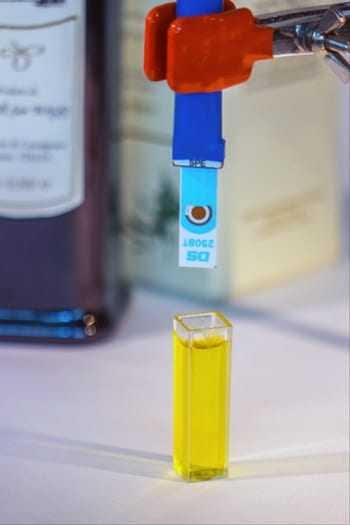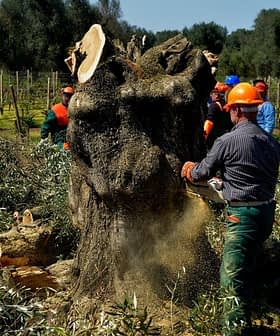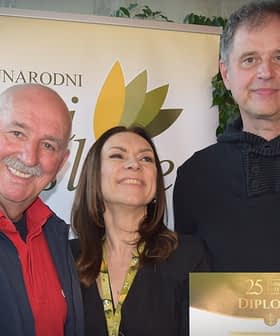Researchers have designed a sensor, named “Oliver,” that tries to mimic a human feature: it “tastes” oil and is able to provide an analysis certifying it extra virgin, or otherwise.
In order to catch up with Oliver I contacted Professor Arnaldo D’Amico from the University of Rome Tor Vergata, since he conducted the first experiment for remote transmission of olfactory sensations of an electronic nose.
D’Amico directed me to two of his associates, who are developing a sensor entirely dedicated to olive oil: Prof. Giorgio Pennazza and Prof. Marco Santonico, from the University Campus Bio-Medico of Rome, are coordinators of a research group called the Electronics for Sensor Systems Unit that is developing Oliver.
Their research method is based on an interesting multidisciplinary approach, which put electronics at service of medicine and nutrition through design, implementation, testing and applications of sensors. Their purpose is to create practical sensors that are inexpensive, user-friendly, fast and nondestructive.

Electronics for Sensor Systems Unit, University Campus Bio-Medico of Rome
Bionote (Biosensor-based system for mimicking multisensorial Nose, Tongue and Eyes) was born in this context.
See Also:Students Design Device to Detect Indicators of Rancidity
The system is intended to mimic the working principles of the nose, tongue and eyes. The work proposes to enlarge the concept of artificial olfaction and taste, designing an innovative multisensorial system based on the bio-sensing material anthocyanins.
Bionote systems must be specialized for every single type of food and they have already been designed for mineral water, truffle, serum of mozzarella cheese and chili pepper. Oliver is the sensor that deals specifically with the evaluation of EVOO.
“The idea came in February 2014, after the scandal triggered by the publication of a New York Times infographic on Italian olive oil fraud,” Pennazza revealed. “Italy had been accused of exporting adulterated and low-quality olive oil. We welcomed the challenge in a constructive way and decided to send a positive message, showing Italian commitment to high quality and developing technology for its preservation.”

Oliver’s structure provides an internal electronic card and a flap. In addition to the low cost of testing, it operates by simply putting the flap in liquid.
During testing, a track is simultaneously recorded and you can quickly figure out the type of oil and, if it is olive oil, whether it is virgin or extra virgin, or possibly adulterated.
Oliver is trained to correlate information with its internal database to identify samples.
“We want to highlight that with these tools you can skip some laboratory tests and bring down costs,” Santonico said. “Only if Oliver reveals that olive oil is adulterated, then you will send the sample to a laboratory to analyze specific features.”
So far, Oliver can perceive certain adulterations, but the goal is to have a complete analysis range. Fluid testing is achieving excellent results but the Unit is working to develop further Bionote applications to detect gas sensations and a complete multisensory cross analysis to reproduce as much as possible human sensor analysis.
Another important feature is that Oliver can also detect nutritional aspects. “We are now performing this kind of analysis with chili peppers,” Santonico said. “There are by now methods to measure spiciness (i.e. the amount of capsaicin), however with Bionote we can even detect species of fruit and nutritional values, specifically the antioxidant amount,” Pennazza added. “Oliver can also identify this nutritional value in EVOO.”








